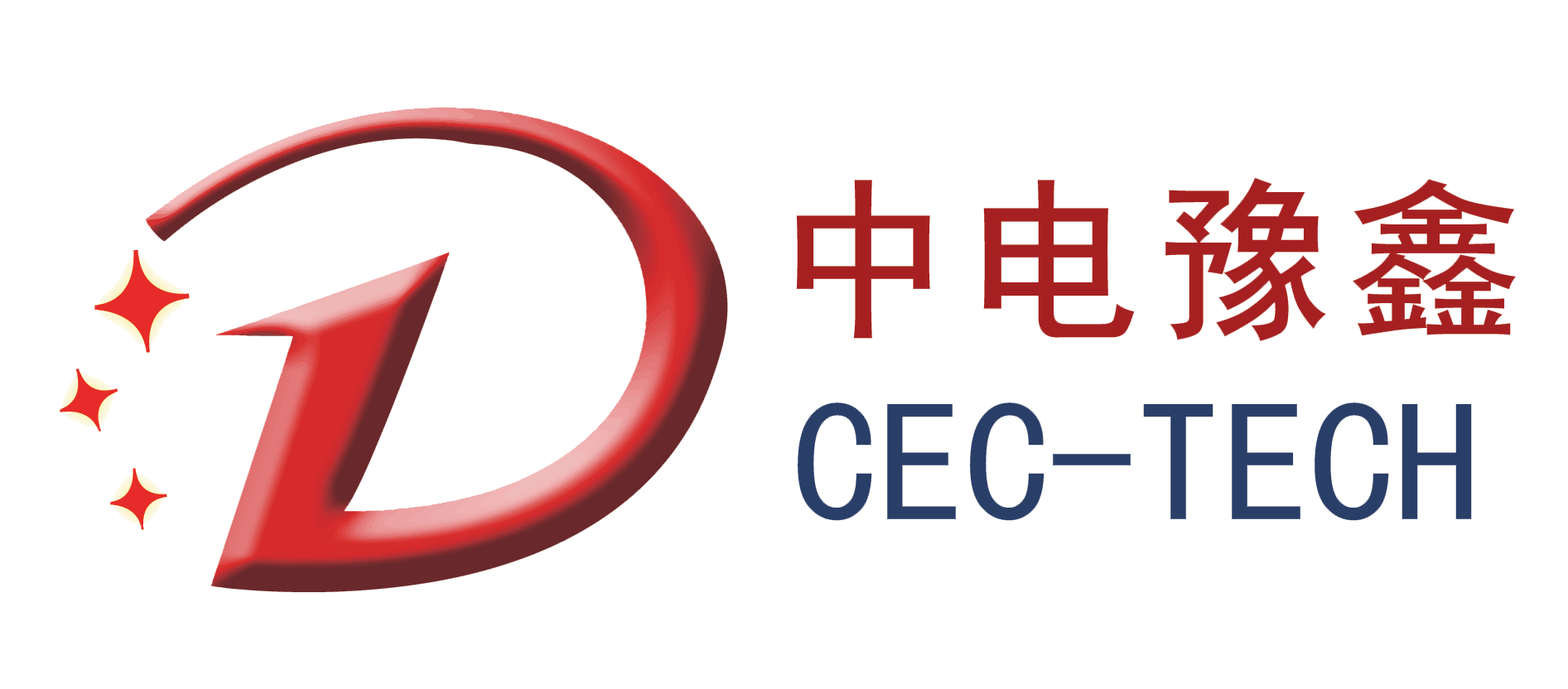Laser therapy
Endovenous laser treatment of varicose veins.
The challenge
Increase the successful outcomes of endovenous laser treatment [EVLT] of varicose veins.
Major constraints
- invasive treatment that requires the insertion of the probe inside the vein
- target the vein walls without causing an ablative thermal injury deeper in the body
- the solution must be robust, resistant to bending, and handle a 10 kg traction strength
- the solution must be biocompatible and have the CE marking
SEDI-ATI solution
We provide a CE marked disposable invasive fiber optic probe equipped with our in-house handpiece. It is sterilized and for single use only. Upon request, we can integrate the laserist’s own handpiece (that can include an RFID chip) but under the laserist own CE marking. This probe shows a homogeneous and precise radial emission at 1470 nm, ideal for endovenous applications. The jacket of the fiber shows a centimeter marking to help the surgeon visualize how long fiber has been introduced in the vein.
Advantages of the SEDI-ATI solution
- the solution has passed the “Beef test”, i.e. it handles more than 400 J/cm on a length of 80 cm with a 10 W CW laser @ 1470 nm; and it remains operational after carbonisation of the end tip under 5 kJ
- smooth and atraumatic encapsulated tip
- the cap glued to the fiber has been qualified at a 10 kg tensile strength and has been successfully tested up to 17 kg in traction
- homogeneous and extremely precise laser radial emission
- localized radial treatment that does not affect what is around
- possibility of integration of the laserist’s own hand piece, that can include a RFID chip
- different fiber sizes available
- centimeter laser marking on the jacket
Endovenous laser treatment of varicose veins
SEDI-ATI manufactures silica fiber optic probes with a radial emission for endovenous laser thermal ablation treatment of varicose veins.
Today, minimally invasive endovenous laser procedures progressively replace conventional venous surgery. Indeed, endolaser is globally recognized as the most efficient and atraumatic procedure for treating the incontinence of the great saphenous vein (GVS) and the small saphenous vein (SSV). Moreover, the endovenous laser thermal ablation of varicose veins at 1470 nm usually makes the post-surgery course shorter and less painful than traditional surgery.
The phlebologist operates under echographic control. The fiber probe, of very small caliber around 1.75 mm in diameter, is introduced into the vein under local anesthesia. The vein is treated directly by the energy transmitted by the laser shots to the internal venous wall, which is heated radially, homogeneously and precisely along the vein’s length. The vein is not removed; it disintegrates and is then eliminated by the body within a few months.
SEDI-ATI provides disposable fiber probes, called “RING”, which are intended for single use only: one probe for one intervention.
Our RING probes are compatible with any 1470 nm endovenous laser available on the market. Indeed, we are able to integrate the laserist’s own handpiece on the probe. In addition, we add a centimeter marking on the jacket to help the surgeon visualize how much length of fiber has been introduced into the vein.
The RING probe has a glued encapsulated tip that is smooth and atraumatic to prevent perforation of the vein wall. It has been successfully tested in traction up to 17 kg after the “beef test” where it had to conduct 5 kJ laser energy until carbonization of the end tip.
The RING probe is available with different fiber sizes of 400 µm, 550 µm and 600 µm, allowing to treat both the great and the small saphenous veins. All these models feature a homogenous and extremely precise radial emission of the laser energy, ensuring effective destruction of the varicose vein.







